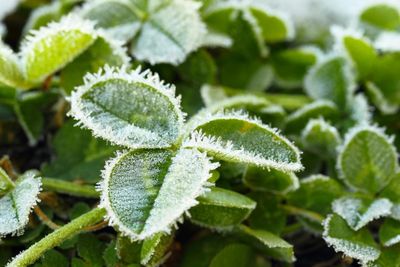Hardy Cover Crops
It’s late summer and you have reaped a bountiful harvest from your vegetable garden. Production of fruits and vegetables has drained the soil of its nutrients, so you decide to plant a fall cover crop to restore nutrients to the tired vegetable garden, essentially making it ready for the following spring season. Cover crops are often used to renew used-up beds. For this purpose, there are fall cover crops and spring cover crops. Hardy cover crops are also commonly used to control erosion in areas where spring rains tend to cause a muddy mess. In barren, sterile areas of your yard where nothing will seem to grow, a cover crop can be used to loosen up the soil and enrich it with nutrients. There are a few main types of zone 7 cover crops that fulfill different needs for different locations. These different types of cover crops are legumes, clovers, cereals, mustards, and vetch.
Legumes add nitrogen to the soil, prevent erosion, and attract beneficial insects. Clovers suppress weeds, prevent erosion, add nitrogen, phosphorus, and potassium, loosen up dry hardpan soil, and also attract bees and other pollinators. Cereals refer to plants like oats and barley. Cereal grains can pull nutrients up from deep within the soil. They also control weeds and erosion and attract beneficial insects. Mustards contain toxins that kill or suppress weeds. Vetch adds nitrogen to the soil and controls weeds and erosion.
Another commonly used hardy cover crop is rapeseed, which in addition to controlling weeds and erosion, also controls harmful nematodes.
Growing Cover Crops in Zone 7 Gardens
Below are common cover crops for zone 7 and the seasons in which they are effectively used. Fall and Winter Cover Crops
Alfalfa Oats Barley Field Peas Buckwheat Winter Rye Winter Wheat Crimson Clover Hairy Vetch Winter Peas Subterranean Clover Rapeseed Black Medic White Clover
Spring Cover Crops
Red Clover Sweet Clover Spring Oats Rapeseed
Summer Cover Crops
Cowpeas Buckwheat Sudangrass Mustards
Cover crop seeds can usually be purchased inexpensively in bulk at local feed stores. They are usually grown for short periods, then cut back and tilled into the earth before they are allowed to go to seed.
